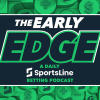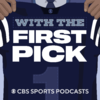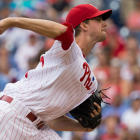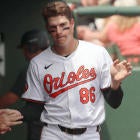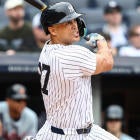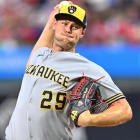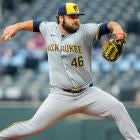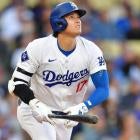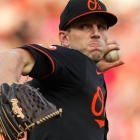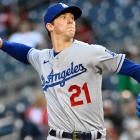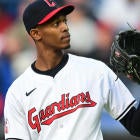The baseball world has come a long way in its embrace and understanding of stats.
Where once there was just ERA, now even your average baseball fan knows that it’s what goes into ERA that matters just as much as the final number itself.
rikeouts are especially useful in this regard. Though they aren’t a guarantee of pitching success, generally speaking, you bet on the pitcher who racks up strikeouts over the one who pitches to contact, all else being equal. An uptick in strikeout rate is one surefire way to go from a pretty good pitcher to one of the best, and perhaps no hurler in the game was a more pleasant surprise in this regard than Aaron Nola, the young Phillies right hander.
Coming up through college and then the minors, Nola had the kind of profile typically reserved for mid-rotation candidates, with scouts playing up his “pitchability” more than his raw stuff, and the numbers typically backed it up. Nola pitched well at every step of his development, but typically did so with just so-so strikeout numbers, sporting a 2.57 ERA in the minors despite 7.5 K/9.
Things changed last season.
Nola struck out 9.8 batters per nine in the majors, a mark that would have ranked 10th among starters last season if he had thrown enough innings to qualify. Combine the strikeouts with his typically strong control, and Nola was well on his way to a breakout season, before getting tagged for 36 earned runs in 33 innings over his final eight starts before being shut down with an elbow injury.
Nola posted a 4.78 ERA for the season as a whole, but it was just 2.65 prior to those final eight starts, and with the jump in strikeout rate, he has to be considered a big-time breakout candidate, right? This is especially true when his defense-independent pitching stats -- 3.08 FIP, 3.08 xFIP, 3.29 SIERA -- show him to have been a much better pitcher than his ERA suggested.
Maybe not.
While Nola would have ranked 10th in K/9 (and 14th in strikeout rate, at 25.1 percent), few elite strikeout pitchers relied on called strikes as often as Nola did. His swinging strike rate would have ranked just 39th out of 73 qualified pitchers, behind the underwhelming likes of CC Sabathia, Tom Koehler and Ervin Santana.
Swinging strikes aren’t everything, obviously -- Johnny Cueto is a pretty good pitcher, after all, and he’s been above 10 percent just once since 2009 -- but this could be indicative of Nola’s limitations as a pitcher.
Those scouting reports coming up as a prospect may not have been wrong, in other words. Nola doesn’t have incredible stuff, or at least not the kind we typically see from elite starting pitchers. Nola’s fastball tops out in the low-90s, and though he generates good movement with his pitches, batters typically don’t have much trouble making contact with the ball when they swing.
When Nola was succeeding last season, it was because batters weren’t swinging at his pitches. His 42.2 percent swing rate would have been the second-lowest in baseball, despite the fact that he pounds the zone, with 48.2 percent of his pitches coming inside the strike zone.
That is an example of its own kind of deceptiveness, of course, however as we saw over the final eight starts, things can go south pretty quickly.
Perhaps the elbow injury explains away all of his struggles, but Nola seems to be pitching on a razor thin margin for error. When batters lay off and he is getting called strikes, he can be effective, because he generates ground balls at a solid rate and rarely puts runners on the bases via the free pass. As we saw for a stretch last season, he can even rack up big strikeout numbers when things are going well.
However, because he can’t fall back on unhittable stuff like the Noah Syndergaards or Max Scherzers of the world, Nola needs to be at the top of his game at all times to truly be effective. Without swing-and-miss stuff, he is likely going to continue to struggle to miss bats, making elite strikeout numbers tough to expect, which limits how valuable he can be in 2017 and beyond.
The good news is, the price to acquire Nola is reasonable these days.
Despite being a popular breakout candidate, his ADP at FantasyPros.com is currently just 177 overall, so there isn’t much risk involved in drafting him. If he can tap into what he had for his first dozen or so starts, Nola can be a huge value at that price, and even if we see another mid-4.00s ERA from him it’s difficult to get too mad about that from a 15th-round pick.
There are other pitchers being drafted after Nola who I like more because of their upside -- young fireballers like Vince Velasquez and Jonathan Gray, to name just two -- but Nola is a fine bet at that cost. If his popularity as a breakout catches on as drafts really start to kick in and that price goes up, that’s a problem.
Just don’t expect last season’s strikeout numbers to continue.



